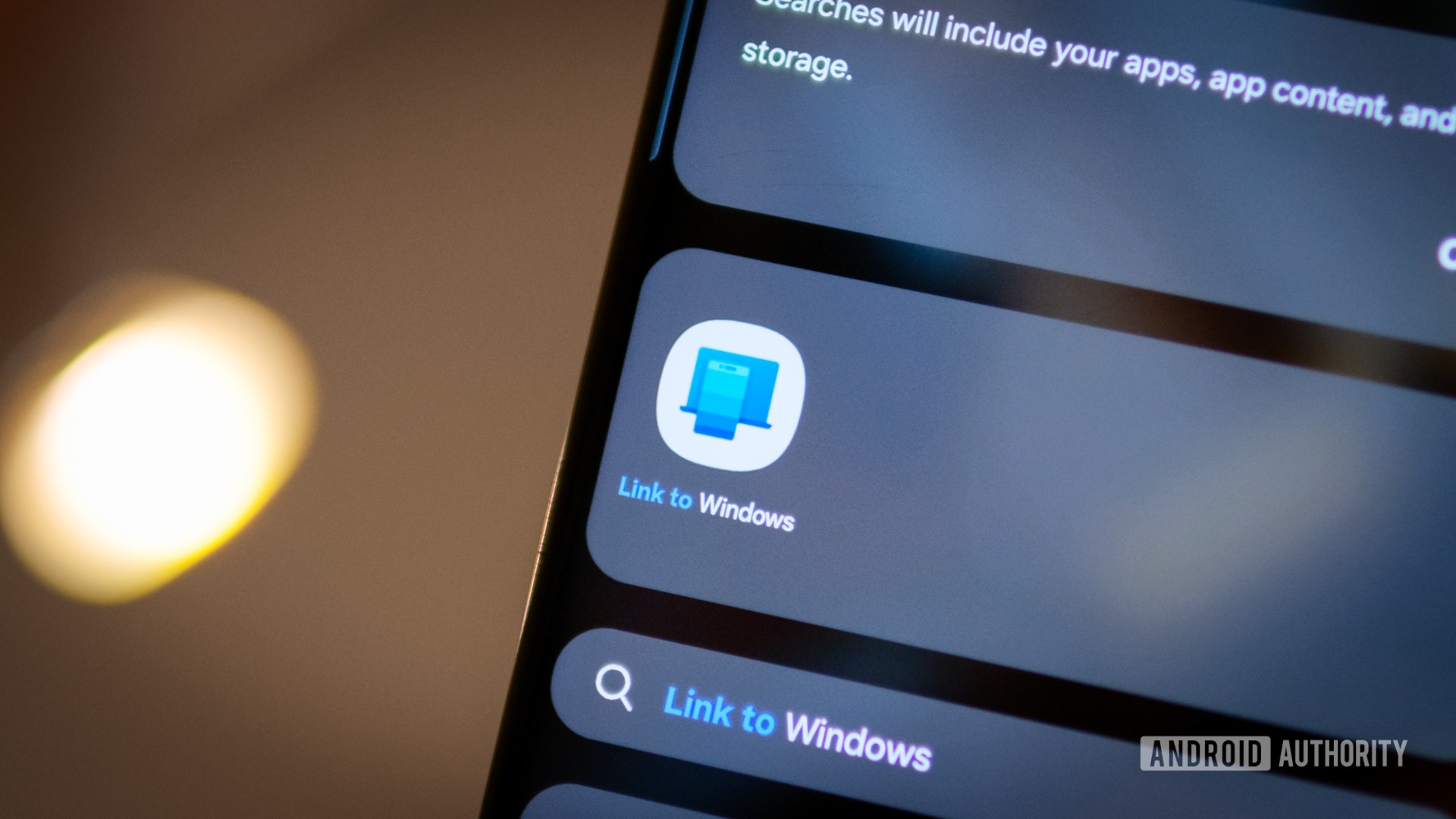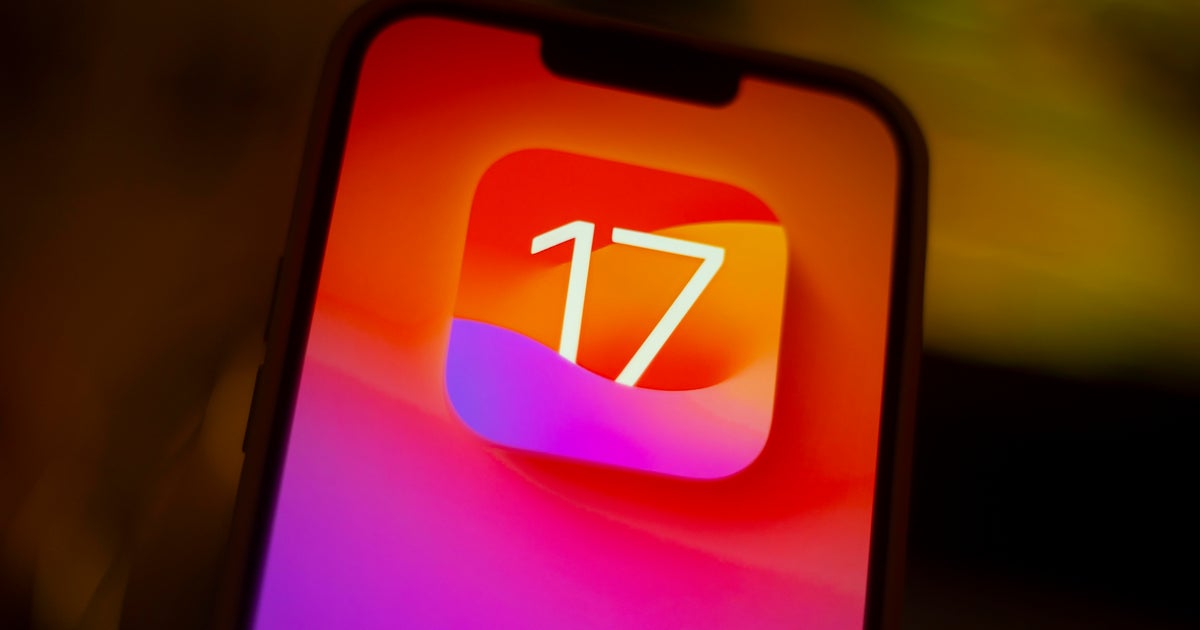Mumbai: HDFC Bank Ltd, India’s largest private lender, plans to launch a revamped mobile app and an internet banking website by March, over five years after an upgraded app faced glitches and had to be rolled back in a week.
The bank will start a closed user group trial by December and then roll it out to other users by the end of March, Anjani Rathor, chief digital officer of the bank, said in an interview. “We have taken feedback from customers. It will be a lot more intuitive and simpler to use,” said Rathor, who joined the bank in February 2020 after 12 years at Bharti Airtel.
After facing technology troubles in 2018 and 2019, the Reserve Bank of India (RBI) in December 2020 curbed fresh digital launches and ordered it to halt issuing new credit cards. These were finally lifted in March 2022, allowing the bank to roll out products under its ‘Digital 2.0’ plan.
The bank said in its 2019-20 annual report that Digital 2.0 is about reimagining its digital platforms, “providing the customer with a frictionless financial experience”.
Meanwhile, the app that had to be rolled back was eventually relaunched, The Hindu Business Line reported in March 2019.
In the last few years, Rathor said, the bank has changed the way it looked at its digital offerings, taking control of them through in-house developments instead of solely relying on external partners. Since 2020-21, the bank has added 1,400 people in core technology roles, with the team strength now at about 3,100.
A large part of the new app and internet banking website has been developed in-house, although it uses components from partners as well. The bank has changed the tech development model with internal full-stack developers building digital products, said Rathor.
“They are all technologists folding their sleeves and writing codes. They are full-stack developers, database administrators, among others,” Rathor said.
As part of the Digital 2.0 initiative, the bank has also revamped its customer service gateways like WhatsApp banking and call centres.
“Customers now tweet, send a text message, WhatsApp or call a phone banking staff. We have now unified these customer care channels, and through WhatsApp banking, one could have a more meaningful conversation than before,” he said.
According to Rathor, the bank has compiled the reasons why a customer wants to reach out and enabled it on chat, allowing people to undertake over 200 types of transactions on WhatsApp. It has about 10 million customers registered on WhatsApp banking. HDFC Bank’s customer base stood at 85 million as of 30 June.
He said that similarly, when a customer calls the revamped call centre, there is an AI (artificial intelligence)-driven bot which responds, the same WhatsApp bot that speaks in one’s preferred language. The call centre bot can also solve 200 simple transactions.
“For other complex transactions, a customer has to press a few buttons (interactive voice response or IVR). If these two stages are unable to solve it, the customer’s call goes to an agent,” said Rathor, adding that since incoming calls are now being digitally deflected by a bot and an IVR, just the residual ones go to agents.
This, he said, is going to aid the bank in offering customer care at scale 24/7, even when the volumes keep going up. “Now, the bots are also going to become smarter, and since I know why an agent has to step in, I could enable the bot to respond to that,” Rathor said.
The bank’s CEO Sashidhar Jagdishan told shareholders in the latest annual report the lender is in the midst of a technology transformation exercise, focussing on building the “bank of the future as well as running the bank”.










